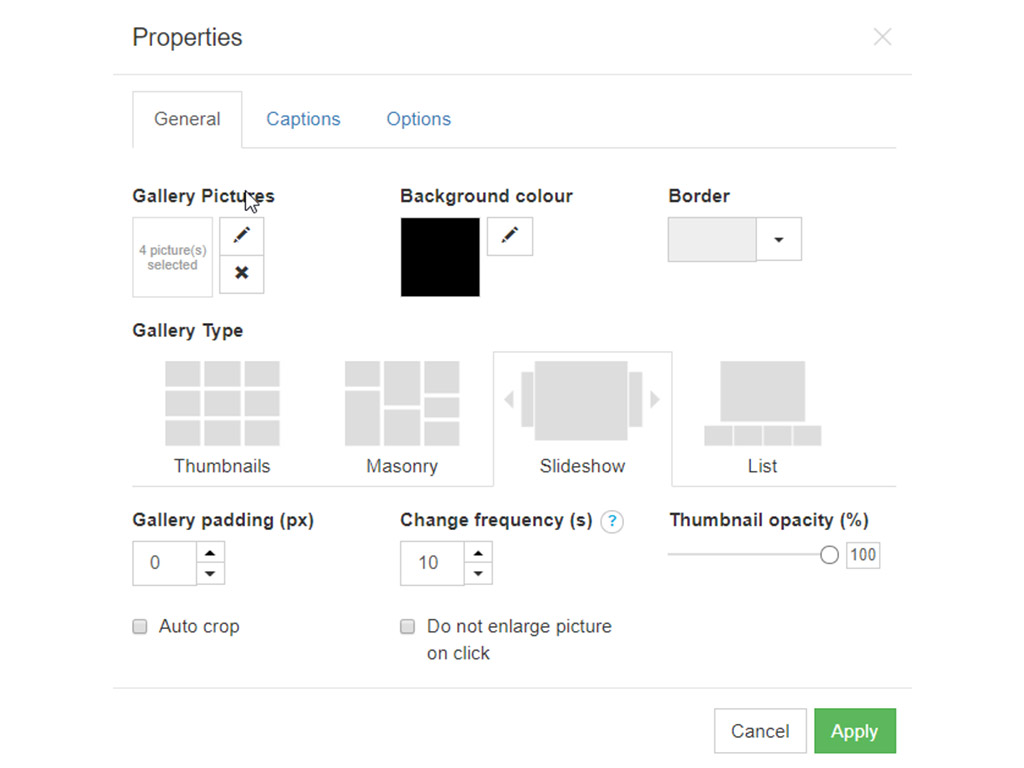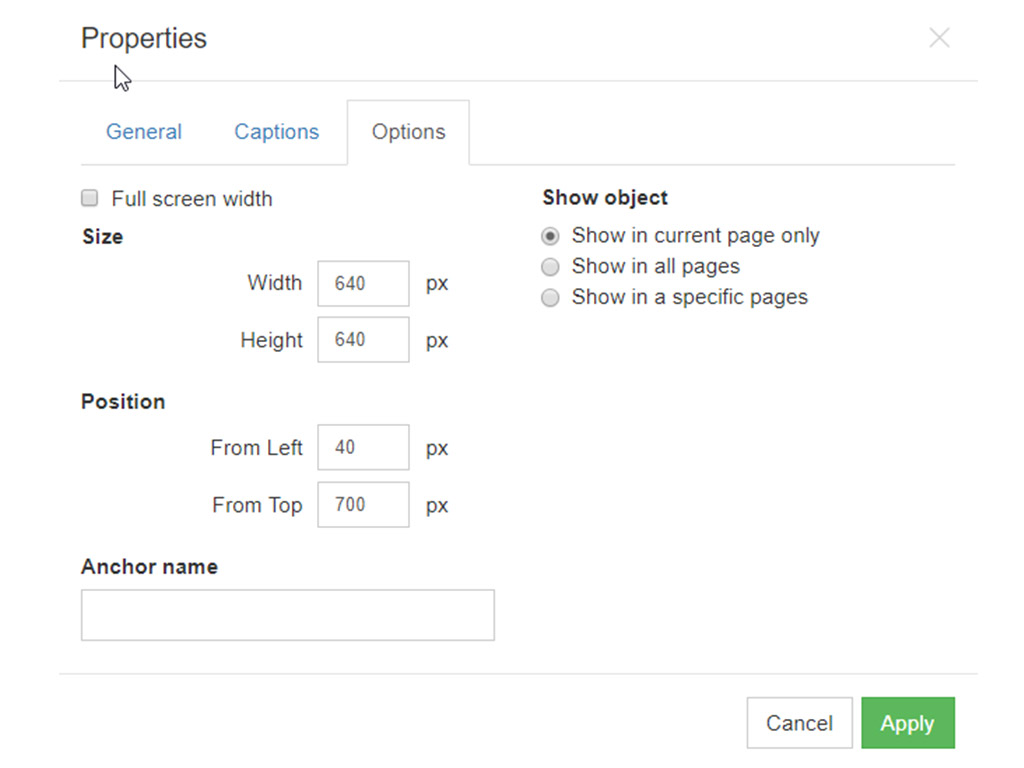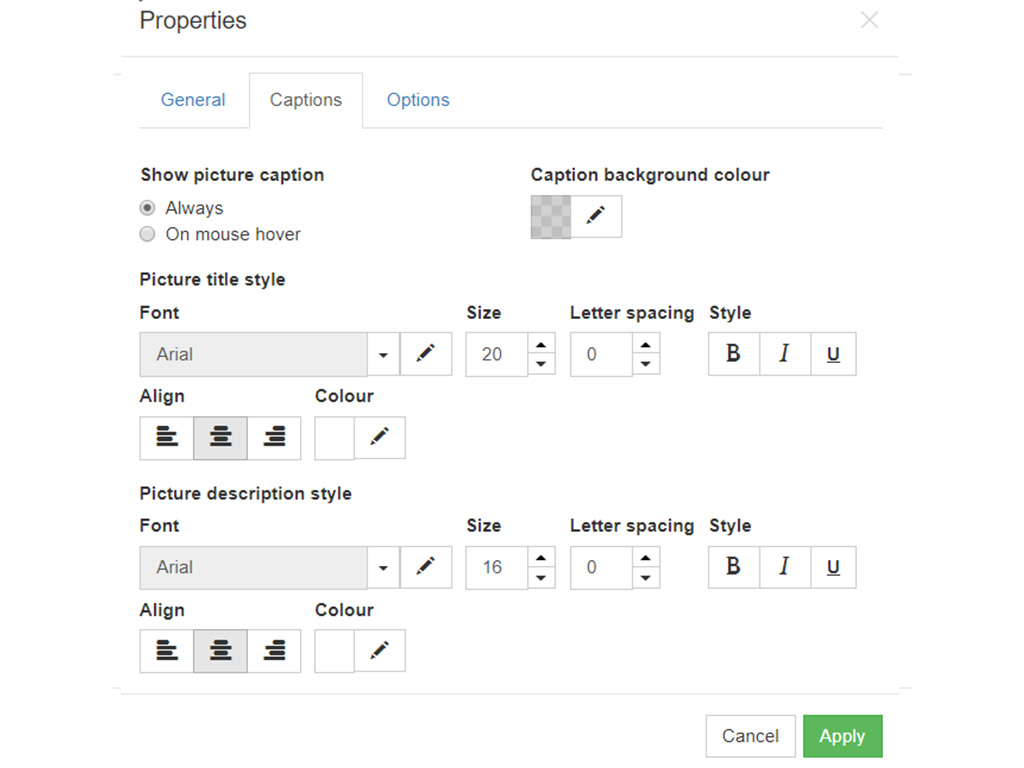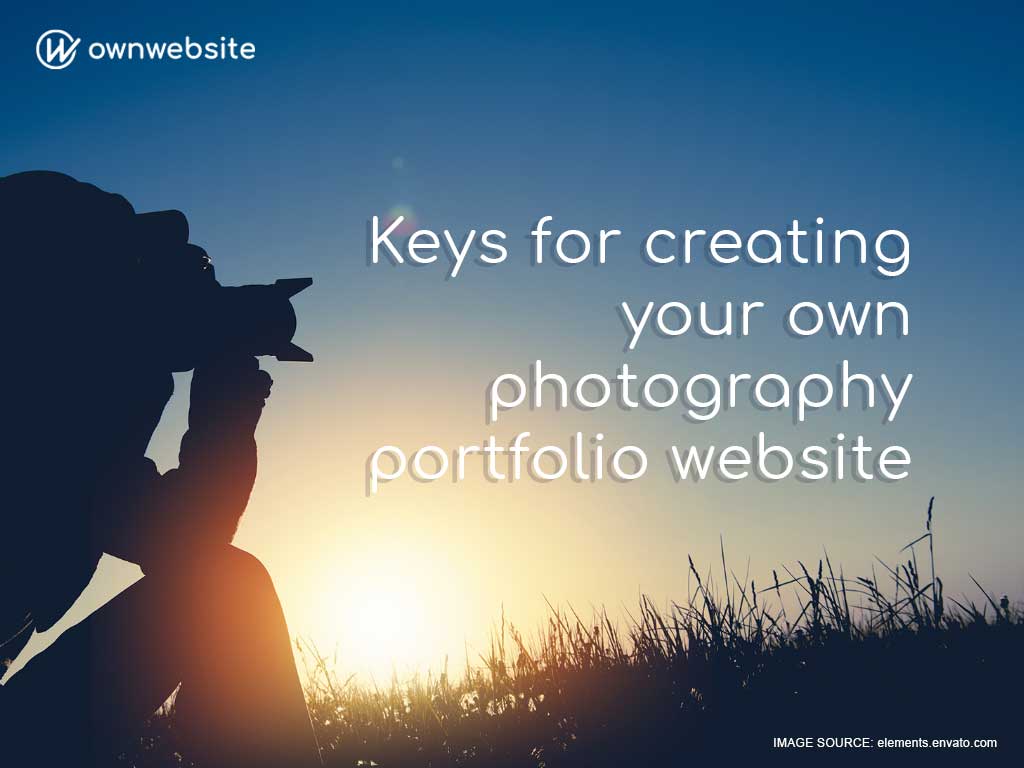If you are a photographer and are looking to increase your network in order to get more work, then this post is for you. As your network grows, so does the opportunity to get work. Creating a photography portfolio is the fastest and most convenient way you can share your best work to prospective clients.
8 Easy steps to create your photography portfolio
- Build from the ground up
- Showcase your work
- Sort Photos
- Choose the best photos
- Optimise for search engines
- Choose a website type
- Choose your platform
1. Build a Photography Portfolio from the ground up
The best way you can show your competence and in this case your artistry is to showcase your best work. Your career as a photographer will depend on you building a good-looking portfolio and increasing your professional network. Here are some great tips to get you started on your portfolio website and supercharging your career.
2. Showcase your work
Just like how resume is a showcase of job experience for a software engineer in the same way photographer can show off their depth and breadth of their work experience giving potential clients a good look into their expertise and experience. As networking gets more and more digital it is critical to have robust and updated portfolio. Gone are the days when a photographer would bring a magazine or a scrapbook to show off their best work. Instead, more and more photographers are moving to building websites that showcase their main portfolio.
3. Sort your Photographs

Before you start to build your website, you should sort out your best work according to a theme what subject. If your work is presented in an organised and neat way your potential clients will find it easier to navigate the breadth and depth of your work. This showcases professionalism from your side. Way to organise your content is by type of work.
For example, you might organise your portraits landscapes and art photography separately from other kind of photography like fashion, product and journalism photography.
4. Choose the Best Photographs
Most photographers have hard disks full of photographs they have taken. While building your portfolio, you must choose the best of your best photographs to showcase. No one would like to see every single photograph you have shot. Clients need to see what you are great at therefore you should only showcase your best. Keep in mind that clients might have a short time to go through your work and may have to decide to whether to hire you based on what they see first. You should also remember to refresh your portfolio from time to time with more current work. Food photography and weddings can be used to showcase your versatility.
5. Search Engine Optimization
Another major thing to remember is that you should optimise your website for search engines. This will help people find you when they look for photographers on search engines like Google and Bing. This means you should use SEO friendly URLs, clear descriptions and meta tags/descriptions in your website. This will help drive traffic to your website and feature you high on search lists. Remember to also use alt text on your photographs.
6. Choosing a Website type
The biggest decision you will have to make is choosing what kind of website you build to showcase your work. There are 2 options available a website builder or a custom website. A website builder will make your life easy and does not require coding. This kind of website is best for people with no technical experience, so you can focus on photography. A custom website on the other hand, will help you build a customised experience that will suit your style. This approach might be better later, when you have a budget to hire professionals and designers that will bring your ideas to life.
7. Choosing your platform
The platform you should use should make your life easier. For many photographers this would mean using a site builder. The site builder will help you easily create a Gallery where you can customise number of pictures you showcase, the background colour and the border. The site builder has the option to use a thumbnails style, a masonry style, a slideshow or list type gallery. Each of these can we further customised in different ways.
For example, the slideshow can play customised by changing the padding, the number of seconds each slide is visible and the opacity of the thumbnails. Furthermore, you can customise the caption and how they are shown changing font style, size, spacing, alignment and colour.


One of the advantages of using a site builder is that the website will be responsive for multiple size screens by default. This is going to make a prospective client’s life easier. Website that can accurately display content on a phone or other mobile device is imperative. Keep in mind that your client’s convenience is high priority and having a platform that is easy to use will help land potential clients.
If you plan to sell your photography as digital products available for download, then it will help to have a website that bundles e-commerce functionality.
8. Promotions your business with Social Media
Finally, you should connect your social media pages like Instagram and Facebook with your portfolio website. This way if someone wants to share your photographs on social media platforms, hey it can be done with a single click. This also helps you increase visibility for your brand. Use a platform it will also help you manage a client email list. Your website should ideally have a contact form that will help you collect a potential client’s contact data.
Conclusion
Keeping these things in mind and building a website might seem like a daunting task. But if you take the time to build your portfolio and set up a platform that will help potential clients get in touch with you easily you will reap the rewards by seeing a bump the number of clients to reach out to you.
The key here is to use a good site builder that will help you put out a beautiful professional site quickly. When you reach out to clients, mention your website’s address so that they can check out your work.
Another idea is to put the address of your website in your social media information and on your business card. This will help potential clients browse your work and then reach out to you.
